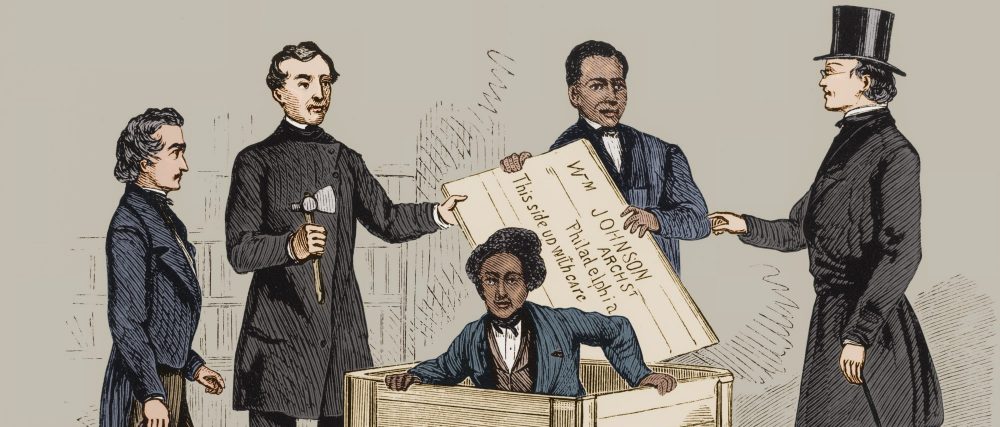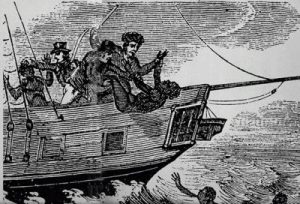“Although precise figures must remain elusive, according to the best current estimates a total of 10 to 11 million living slaves crossed the Atlantic Ocean from the sixteenth through the nineteenth century. (Since others died in wars and in transit, Africa’s total population loss was much greater). As David Eltis has shown, the forced migration of slaves to the Americas significantly exceeded the voluntary immigration there of free persons until the 1830s, and the cumulative total of African migrants exceeded that of Europeans until the 1880s. America absorbed relatively few of these Africans. The great bulk –more than 85 percent of the total– went to Brazil and the various Caribbean colonies of the British, French, Spanish, and Dutch. Others went to the Spanish mainland. The United States, or more accurately for most of the slave-trade years the colonies that would later become the United States, imported only 600,000 to 650,000, some 6 percent of all the slaves brought from Africa to the New World. From this small beginning, however, emerged by far the largest slave population in the Western Hemisphere.” (Peter Kolchin, American Slavery, p. 22)
PRIMARY SOURCES
- Voyages: Trans-Atlantic Slave Trade Database, 1514-1866 (David Eltis / Emory)
- Alexander Falconbridge, An Account of the Slave Trade (1788)
- Interesting Narrative of the Life of Olaudah Equiano (1789) vol 1 and vol 2
- Brycchan Carey, “Olaudah Equiano, or, Gusavus Vassa, the African, 2000-17 [WEB]
SECONDARY SOURCES
- Transatlantic Slave Trade, In Motion: African American Migration Experience, Schomburg Center for Research in Black Culture, 2005 [WEB]
CULTURAL SOURCES
Roots (1977)
Roots (2016)
Amistad (1997)

